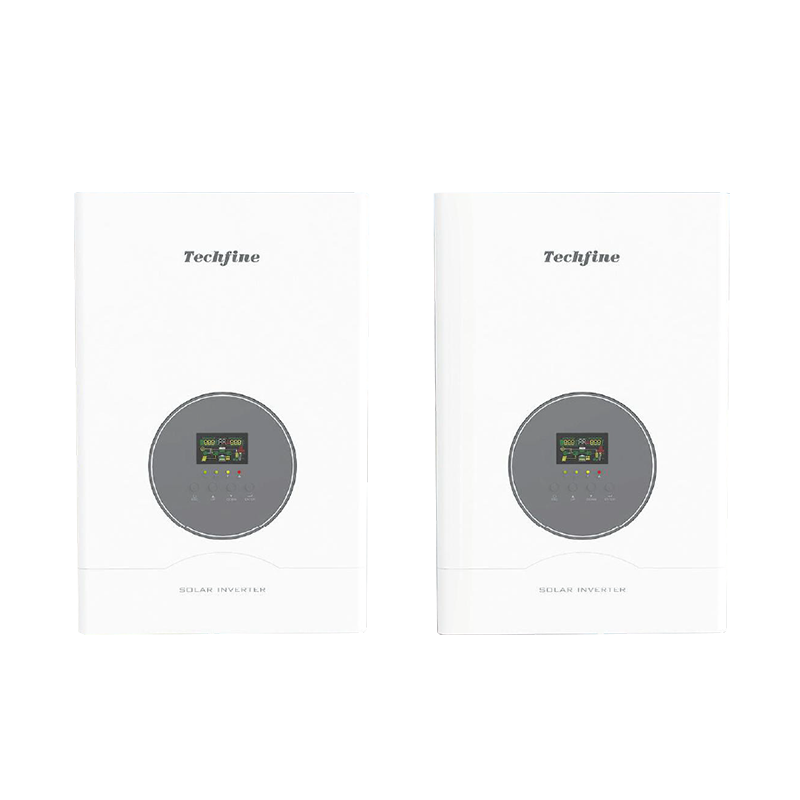
-
[email protected]

-
Building 1, No. 21 Shengfa Road, Lucheng District, Wenzhou, Zhejiang, China


In solar installations worldwide, the solar inverter has established itself as an essential element that determines the overall effectiveness of photovoltaic systems. This sophisticated electronic device performs the crucial function of converting direct current electricity generated by solar panels into usable alternating current for homes, businesses, and electrical grids. The growing recognition of the solar inverter's importance reflects a deeper understanding that solar energy systems depend on more than just panel efficiency. From residential rooftops to utility-scale solar farms, the solar inverter serves as the intelligent center that manages power conversion, system monitoring, and grid interaction.
The fundamental operation of any solar inverter centers on power electronics that transform DC electricity to AC electricity with high efficiency. A quality solar inverter incorporates up to power point tracking technology that continuously optimizes the voltage and current from solar panels to extract the high possible energy harvest. Modern solar inverter designs include safety features that automatically disconnect from the grid during power outages, protecting utility workers while complying with regulatory requirements. The thermal management systems within a solar inverter ensure reliable operation across varying environmental conditions, maintaining performance while extending the equipment's service life. These technical capabilities make the solar inverter a critical determinant of overall system performance and reliability.
Contemporary solar inverter technology has diversified to address different system sizes, configurations, and application requirements. Today's market offers solar inverter options including string inverters that manage multiple panel strings, microinverters that attach to individual solar panels, and hybrid models that integrate with battery storage systems. Modern solar inverter designs often incorporate advanced monitoring capabilities that provide detailed performance data through web interfaces and mobile applications. The development of specialized solar inverter products has resulted in models specifically engineered for challenging environmental conditions, models with enhanced grid support functions, and compact designs that simplify installation in space-constrained locations. These innovations demonstrate how solar inverter technology continues to evolve to meet diverse market needs.
The application of solar inverter technology spans various installation scales and system types. Residential solar systems typically utilize either string inverters that centralize power conversion or microinverters that optimize performance at the panel level. Commercial solar installations often employ multiple string inverters or three-phase central inverters designed for higher power requirements. Utility-scale solar projects implement large central inverters with advanced grid management capabilities that help maintain network stability. The specific selection of a solar inverter for any project involves considerations including system size, shading conditions, monitoring requirements, and future expansion plans. This thoughtful matching of solar inverter technology to project specifics helps ensure ideal system performance across different applications.
Looking ahead, the solar inverter industry continues to advance through improvements in power density, intelligence, and grid integration capabilities. Research efforts focus on increasing the conversion efficiency of solar inverter products while reducing their physical size and weight. The integration of smart features represents another important direction, with modern solar inverter systems incorporating advanced communications, remote diagnostics, and predictive maintenance capabilities. As energy storage becomes more prevalent, solar inverter technology is evolving to better manage bidirectional power flows between solar arrays, batteries, and electrical loads. These developments suggest that future solar inverter systems will play an increasingly sophisticated role in energy management, potentially coordinating multiple generation sources and loads to optimize self-consumption and grid support.

Your email address will not be published. Required field are marked*
